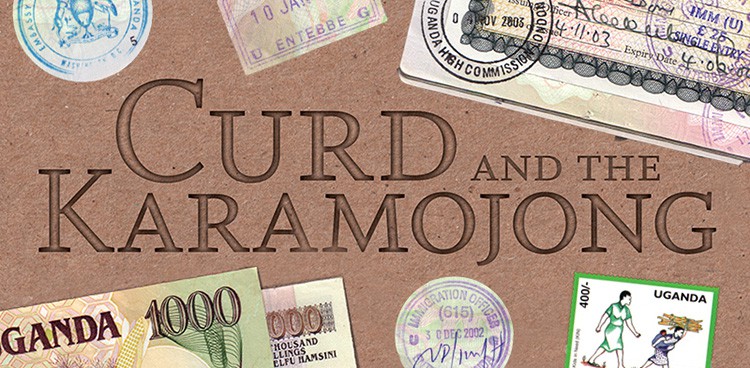
December 2002 saw the first of several journeys I made to a remote corner of northeastern Uganda to work alongside a veterinarian friend stationed among the nomadic Karamojong people. While there, I was asked if I could teach basic cheesemaking to this community of itinerant cattle keepers, in the hope that they might preserve some of their precious milk supply for lean times.

The project was a great adventure for all of us. I had never made cheese outdoors without tools in sweltering equatorial heat; the Karamojong had never even tasted cheese, let alone created it. Talk about a cultural exchange…

The Karamojong raise primarily cattle, but goats are kept for meat and milk from the does is given to women and children.
Both the Karamojong and their animals stay within the kraal (nomadic village), protected by a handmade fence of thick tree limbs interwoven with dense thorny branches
The Karamojong are fiercely independent from the rest of Uganda. They value their cattle above all and routinely defend them from raids with the assistance of spears and AK-47s.
One if the new cheesemakers tests the curd to see if it has coagulated; this phenomenon caused lots of excitement.
At a nearby mission, I find some rare relaxation, shade, and a friendly goat.
Some very improvised cheesemaking equipment included ladies hosiery for draining curds and this handmade wooden cheese press.

To find water for cattle, a six-foot-deep hole is dug by hand into a dry riverbed.
Rustic wheels of the Karamojong’s raw cow’s milk cheeses at about two weeks old; they would be aged under mosquito netting for another two months.
Despite tough living conditions, the Karamojong have a joyful spirit, which is often displayed in celebratory singing and jumping. I miss that.











